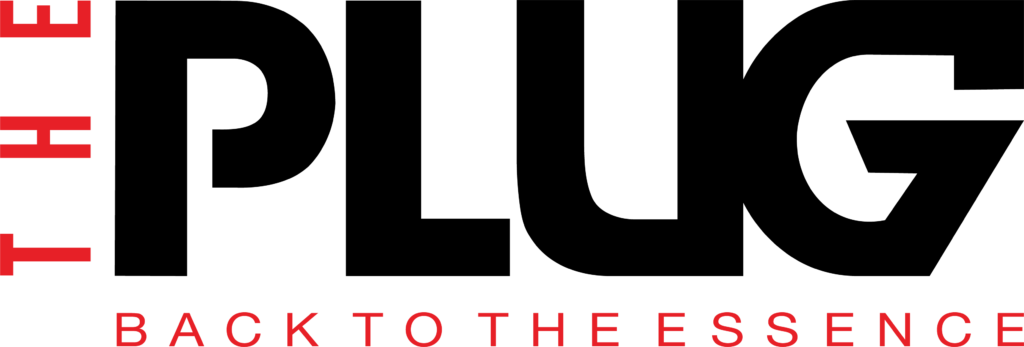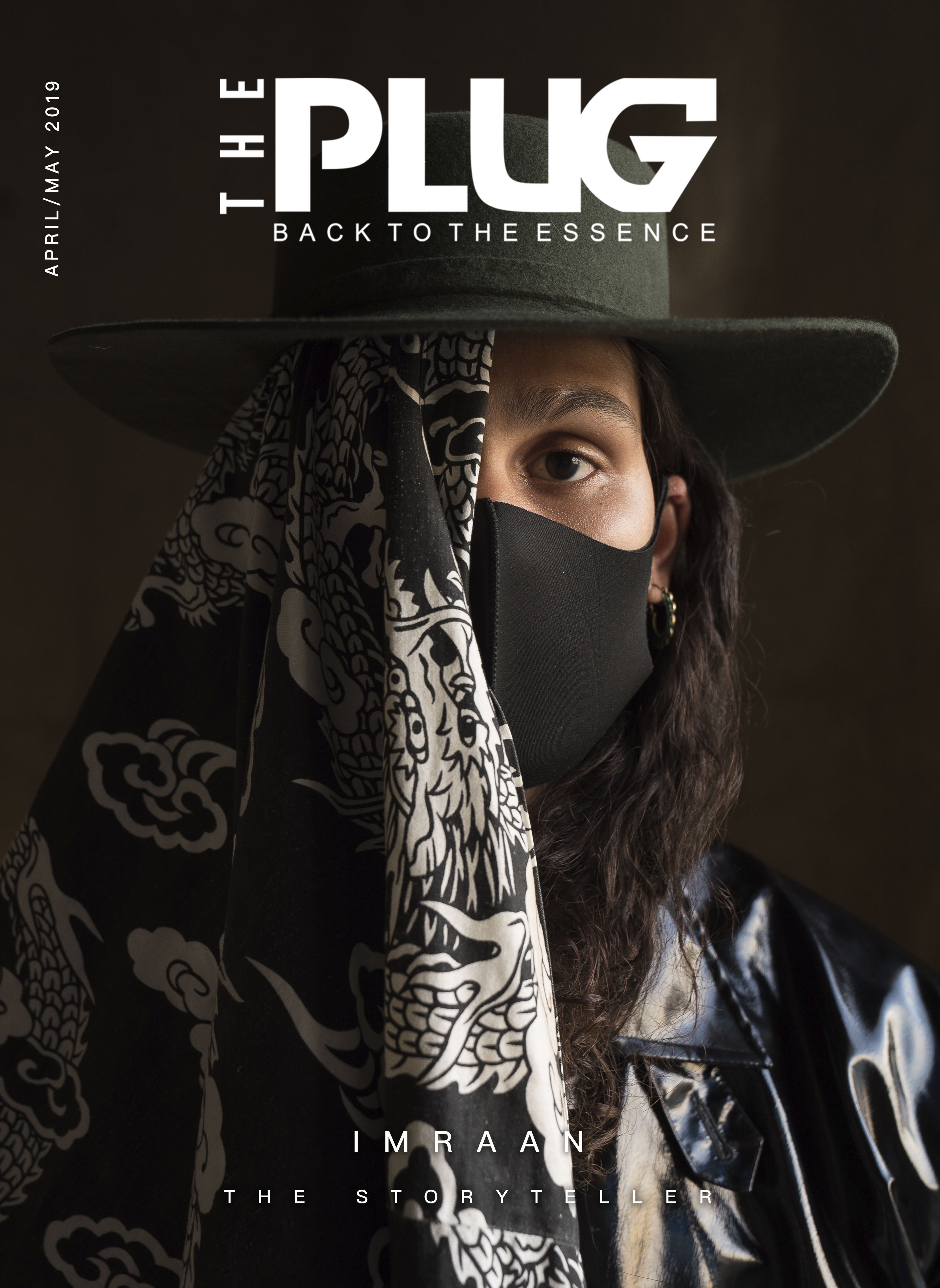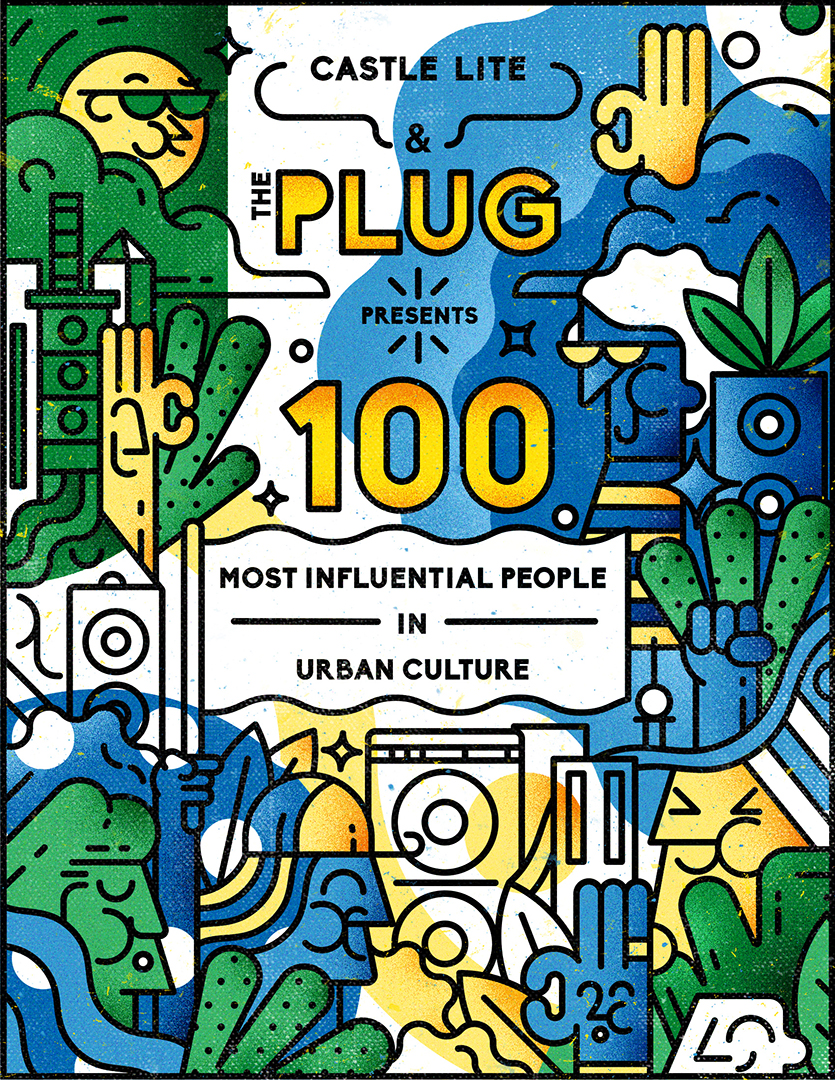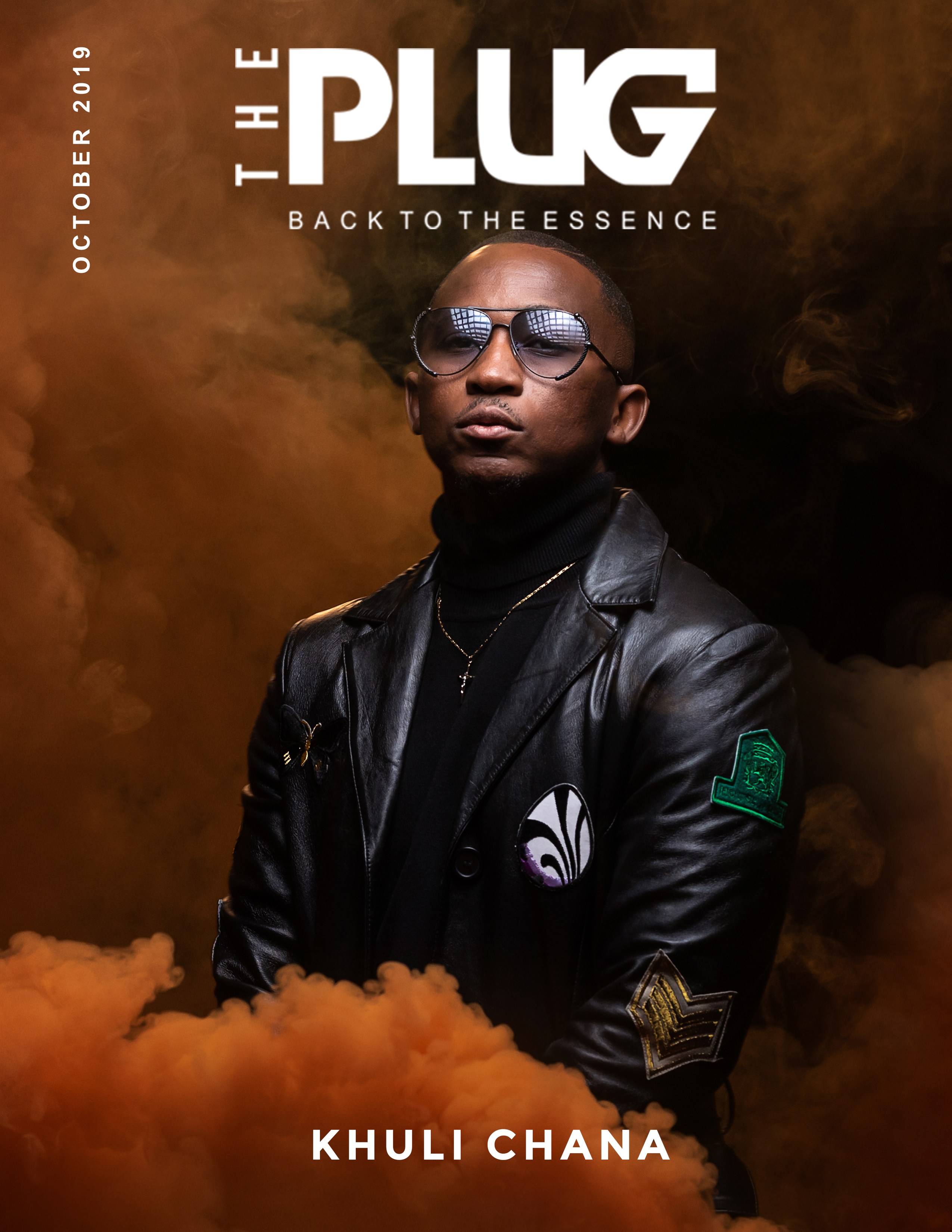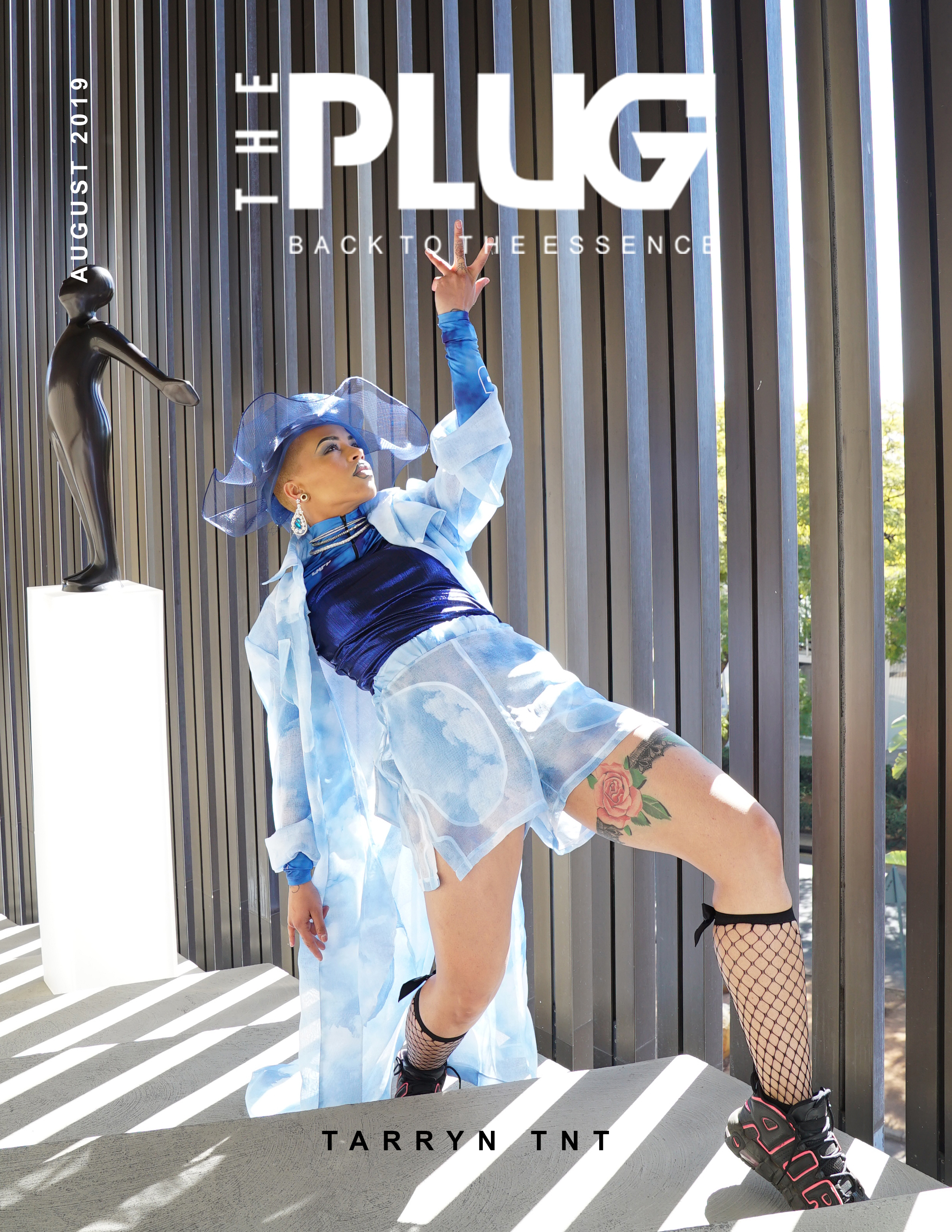Meeting Imraan Christian, the person, is foreshadowed by the idea of Imraan Christian, the artist. Ours was an encounter at a vegan restaurant, surrounded by the fruit orchard and vegetable garden that supplies the farm-to-table establishment. Robed in a white long-sleeved linen shirt and a similarly slacked bottom, the idea of his ‘son of the soil’ demeanor was stifled – together with my cackle – as he made shoe contact with me before eye contact and exclaimed ‘Aweh! Jordans!’
Imraan is a kaleidoscope of artistry that currently takes shape in the form of filmmaking and photography, but is layered deep in every artistic venture he undergoes. “I’m an artist, I just use the medium.” Hard to believe that this was the lanky teenager that played sport at Stellenbosch, he studied commerce and law before injury beset him and changed his course.
“So when all else is peeled away, what remains is your essence. For me, my essence is storytelling. So the thing that a lot of people don’t know about me is I was actually like a professional sportsman [with a] bursary at Stellenbosch in 2011. And I got concussed and fucked up, and my whole future was gone or so I thought.”
Curiously, I asked which sport. “Rugby.” My eyes widened. Which position; wing? “Flyhalf; I was amazing. Hoor vir ‘wing’?! Can coloureds only be wings?” He leans in to the phone that I’m recording the interview on, as I throw my head back in laughter, “For the record, Mercia thinks coloureds can only play wing.”
“And then at that point I was like super depressed, fucked up. And my friends came to come get me out my room, which I didn’t leave for a long time, and they took me into this movie theater. We got dik gerook before, walked into a random movie in cinema nouveau, and that film was “The Tree of Life” by Terrence Malick. And within the first two minutes of the film, after the first couple of shots, I knew, okay, this is what I’m doing.”
He moved schools and began studying film production at UCT.
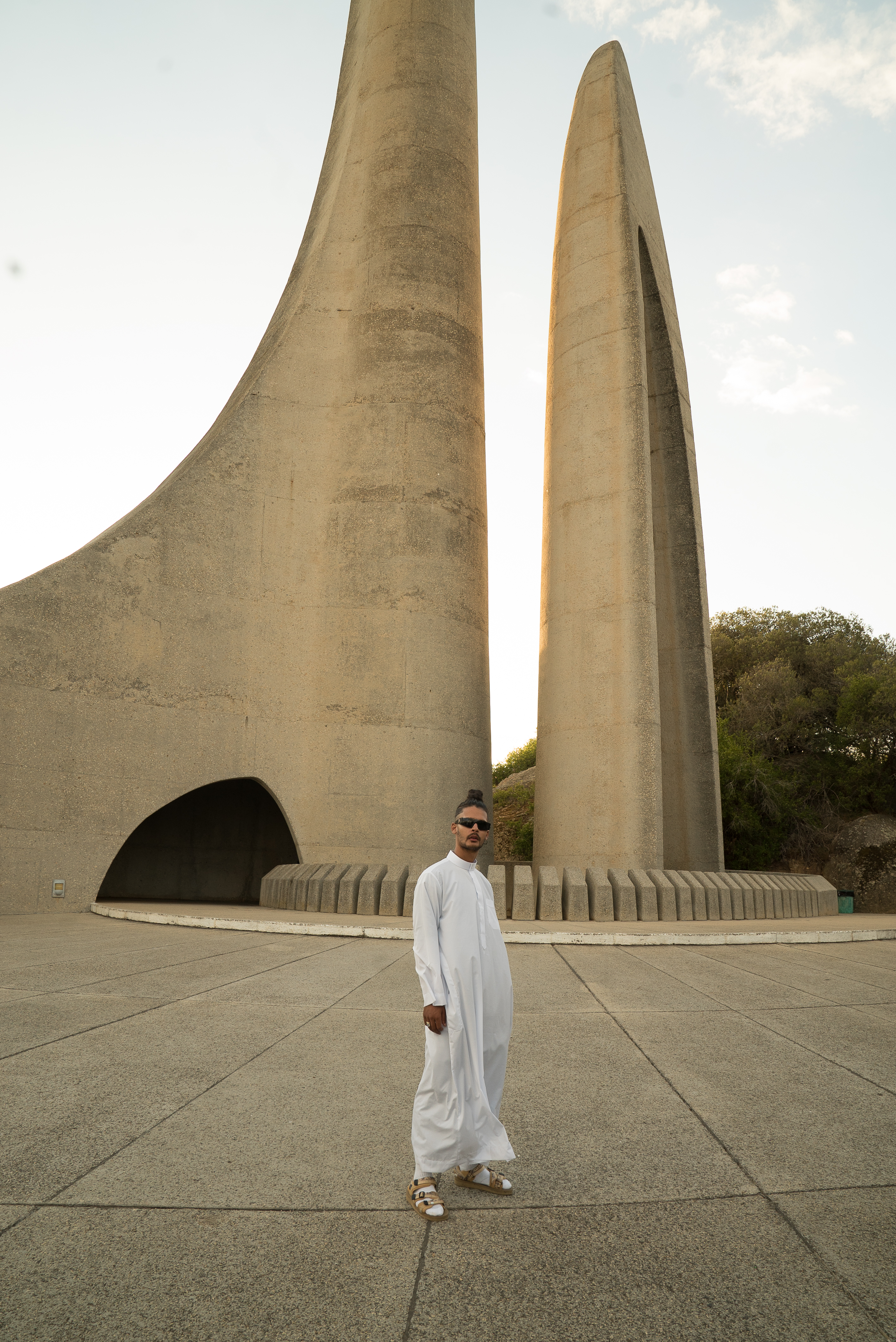
“So it was kind of like everything got stripped away. I was left in the dark for a long time, and the only light that remains at that point when you strip all else away from yourself, is like your essence, you know? And that essence is definitely storytelling and creativity because I’ve been drawing before I could talk, you know?”
Thrust into the spotlight when he captured the unrest around the Fees Must Fall uprisings at UCT, he laments the rigid dichotomy between the international media’s coverage of the protests versus that of the local media. “The narrative was very much [that] we’re hooligans, we don’t care, all this kak, all this kak. Post a lot of my work going viral and whatnot, we definitely saw this narrative shift, at least internationally. Like a lot of my work ended up in several international publications and very much in support of the students, et cetera, et cetera. And it was this crazy juxtaposition for me because South African media was calling us savages and hooligans and international media, CNN, all that stuff was celebrating what we represent and then also my work in many ways symbolizing this greater shift.”
“So it was a very strange position for me and one that I think is a recurrent theme throughout my career; being celebrated internationally and then trying to snap our own industry to catch up to respecting artists the same way international entities respect artists. South Africa, in many ways, is like a silo where shit from the old days just still happens here. So I do think that’s also part of what my role is here; transforming. Even behind the scenes, stuff people never see. All these brands that I work with, it’s also about transforming them and bringing more value to the artists institutionally and in the policy and in the way artists are engaged and intellectual property and all these very important things.”
I’ve noticed that in telling the stories of some of the more impoverished areas in Cape Town, artists tend to focus on the struggle of surviving the circumstances of the area, or simply devolve to poverty-porn. Imraan’s work has an aspirational air to the areas he captures, never mind the socio-economic circumstances. I asked why he chooses to represent the hood in that particular way.
“There’s a few layers to this answer. The first layer is that I was largely involved in what you want to call the struggle in the last… my previous regime, or my previous lifetime, which is more student activism, very much front line, on the ground, lots of protest stuff. And that was definitely about me, not only healing but also giving voice to a lot of the frustration that people feel, which is why the struggle narrative exists. But I think at a point, especially for me, is that I do feel healed by expressing these things.”
“And then the other side of that is that I’ve also travelled a lot of the world at this point and I’ve engaged billionaires, millionaires [with] private yachts in Monaco and all this shit. And I’ve realized that my people are happier; we enjoy food more, we enjoy music more, we love each other more, we know our neighbours. And whilst socioeconomically we are in the shit in many ways, there is a different joie de vivre or different love of life that I have been privileged to experience in the hood. And despite the several very heavy traps – as Youngsta likes to call it – for me I see resilience, I see beauty, I see love, I see all these things that really shine out of the hood and these rough places. And it’s… Again, there’s a reason why the hood even still stands and why people are even still able to go on because the situation itself is so… it’s designed to essentially execute an entire race of people but yet here we are being excellent in the most hectic situation. So I guess to like summarize all of that is I’ve shifted perspective of what I understand as success and we have so much happiness in our roots.”

He shoots predominantly on film. I ask – ignorantly – if the quality of the work is better on film than it is digitally.” Of course! You think I’m wasting money for no reason? Like, it’s so expensive! I love the craft. It’s also part of the lineage of archiving [for] the greatest photographers. That form or that medium that I’m working in now has usually been reserved for the elite and I’m fucking that shit up.”
His sister, Haneem, is also layered in artistry. A creative director, photographer, and visual artist herself, I ask if the talent is familial. “She’s her own person. This is how I describe me and Haneem; she sent me to be born first. That’s us. I can’t tell you that I did it first and she saw, because it doesn’t work like that. Me and her, we aren’t linear and we’re not two separate individuals like that. Like, we are our own person, but the sentiment that she sent me to be born first sums up our relationship.”
I sit back, taking in everything he’s told me, trying to wrap my head around it. “Yeah, I’m not an easy interview,” he says, almost smugly.
On his spiritual leanings, he says “At my core I’m a mystic. I love Sufism. I love all religions; you see, I read a lot. And I’ve been studying for a long time. So, yeah, a mystic.”
He’s recently returned from a trip to India, invited by royalty to repurpose castles and forts and palaces with a small group of creatives. “It was again about holism. So not only looking at the building as a building and the economic gain [one could get from it], but looking at it as the person. What does a person need? You need physical, emotional, spiritual [gain], all of these things.” In the work required of them, he says “I went there because I have a purpose and my purpose took me there, I didn’t go look for a purpose by any means. I think if you haven’t sought, especially the trip we went on, if you haven’t, you know, battled your demons before you went there, you would have just got eaten alive.”
Since India, he’s seen a shift in his career direction. “I’m in a bit of a transitionary phase, the hood is my essence, I’ll never be able to divorce that, but I am free to dream. So I’m not nationalistic, I’m not dogmatic. I am very much free, and I now… I’m becoming part of a group of global nomadic change makers. So my sense of belonging and family is definitely rooted in us. But personally, my sense of belonging and family has become very much a global one.”
Doing “Ma se Kinders” last year, and the “Just Dala” documentary with Highsnobiety on sneaker culture in Cape Town, was a process of archiving for him before moving into the next stage of his career. “I’m definitely about to depart into a more dream-like phase of my career or more mystery-based phase of my career. So again, it was important for me to archive my roots. That was a main thing about that film for me; archiving my roots. And I shot on medium format also, which was like, again, speaking to this idea of archiving specifically my roots.”
A photographic exhibition paying homage to the matriarchs of Hangberg, ““Ma se Kinders” was kind of like… I just wanted to celebrate all the beauty that I’ve been seeing my whole life, but specifically in that eight months. Shit was so hectic in the hood at so many points [while shooting “Just Dala”], but the resilience kept shining through, the love kept shining through, despite the heavy shit I was seeing. And again it was our mothers light that has upheld this shit.”
Most of his long-form works are in tribute to friends of his that have passed on.
“A lot of my work has been a process of healing for me. If you go back into my films, you’ll see it there. So much of my work is tributes to my fallen homies.”
On his drive to create meaningful work, he says “In many ways I just feel like I’m walking my path. It’s like a conversation between you and God, you know? Your path, on one end it’s faith, but then you also define your destiny with your choices and your habits and your intentions. So for me, my intentions align with my faith. And often that doesn’t happen. I’m from a place where the most talented people died at 13, 15; the most exceptional people. It’s just sad because their intentions and their faith have a tragic relationship. But for me, I’m incredibly grateful that my intention and my faith are aligned. And again, that is about this energy thing. I feel like I’m guided in many ways.”
Speaking on religious leanings earlier, I mentioned to him that I viewed different religions as windows leading into the same room of spirituality. As we wound down our discussion, he said “I think my essence is lumming in this interview. I don’t believe in denotative communication, I believe in allegory; speaking to the essence of something, trying to convey the energy or experience of it. I’d rather you feel the energy and understand the essence.” Walking away from a conversation with Imraan felt like I had a glimpse into one of the many windows that lead into the room of his artistry; never a monolithic thing, always whole worlds inside of him.
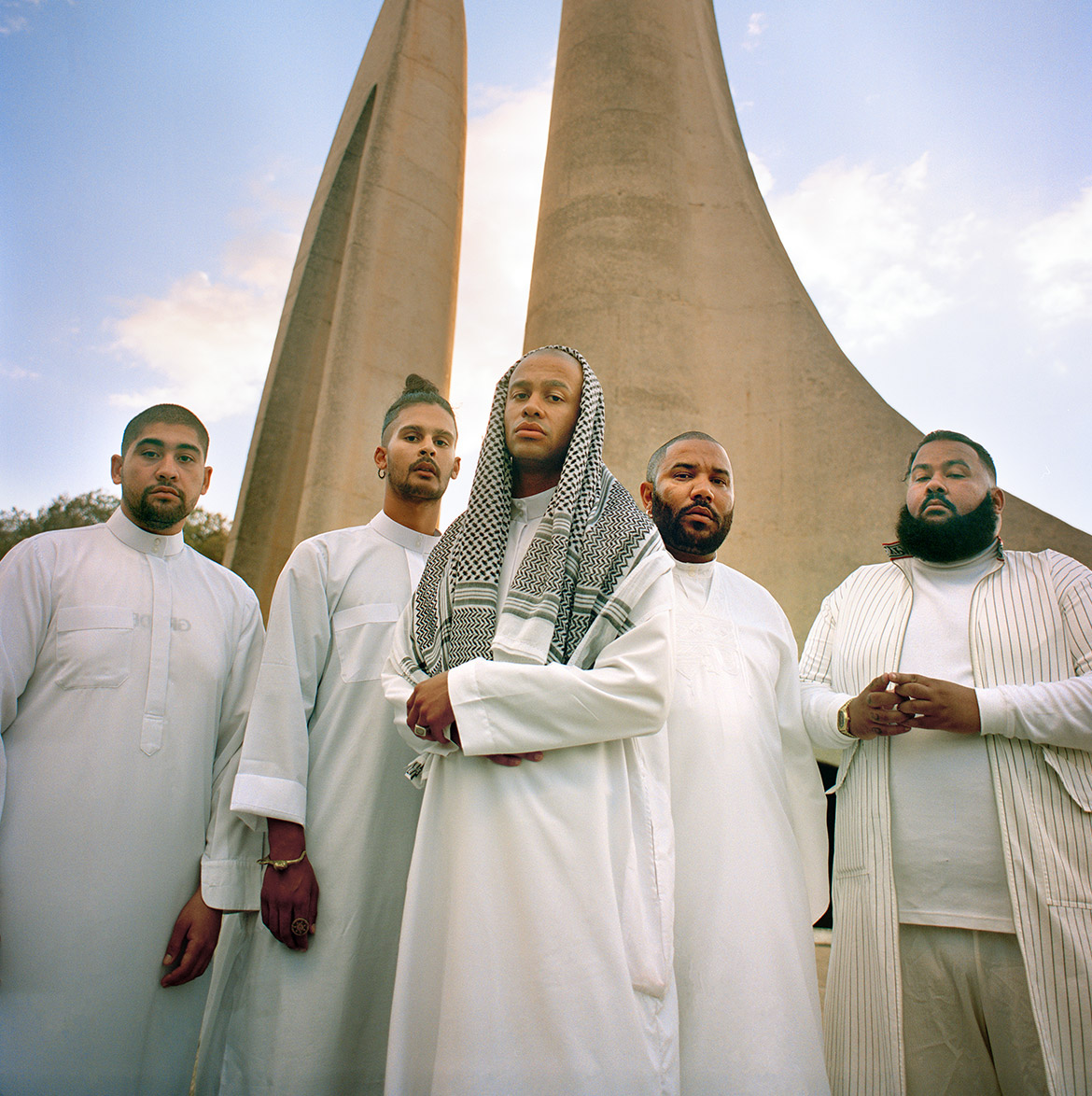
Photography: Haneem and Imraan Christian
Creative Direction: Imraan Christian
Assisted by: Justin February and Waseem Noordien
Cover design: Mzo Gcwabe


